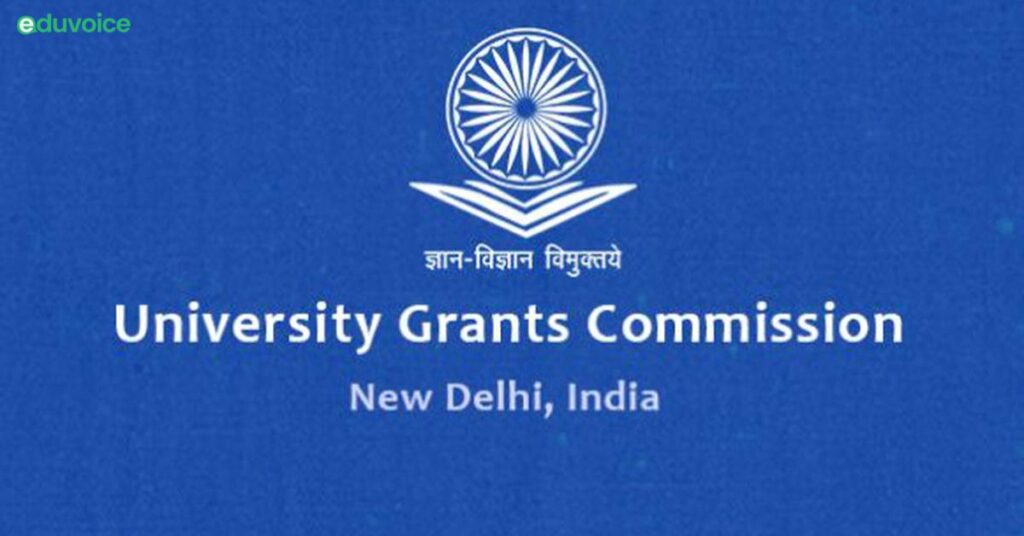In 2022, University Grants Commission, UGC India announced its fair share of revised guidelines, and new regulations, a majority of which aim to work towards opening new doors for Indian students when it comes to Higher Education.
In the past few months, UGC has implemented new guidelines and given the old guidelines refreshing amendments which seem to aim towards opening more doors and giving more opportunities for Indian students that weren’t given before in Higher Education. While talking about UGC’s new guidelines issued in 2022, the emphasis would be given to mainly three decisions by the commission –
- Pursual of two degrees (UG, PG, or Diploma) simultaneously
- Regulations for collaboration between Indian and Foreign Universities
- UG Students to be allowed to pursue Ph.D. after graduation
All of these guidelines have been implemented or amended by UGC keeping in mind the implementation of the National Education Policy, NEP 2020 which works toward modifying the Indian Education System. Let’s take a look as to what these guidelines and changes would entail for students pursuing Higher Education.
Pursuing Two Degrees Simultaneously
In April, UGC announced that students would soon be allowed to pursue two degrees at the same time. However, this rule would only be applicable to students who are pursuing their bachelor’s, Master or Diploma courses. Students pursuing their Ph.D. degrees would not have the option to pursue two degrees.
As per the guideline book, the commission has decided to give students the chance to pursue two degrees at the same time in order to ensure that there are ” no hard separations between arts and sciences, between curricular and extracurricular activities, between vocational and academic streams, etc.”
Students would have the option to pursue their degrees in three modes – both degrees in physical mode, one is physical and the second in ODL mode, or both degrees in ODL mode.
Students would have the option of pursuing two bachelor’s, master’s, or diploma programs and even have the option of mixing it up, as long as the timetables and class schedule do not clash with each other.
Collaboration between Indian and Foreign Universities
Following the two-degree announcement, the commission soon announced the revision of the rules of collaborations between Indian Universities and Foreign Universities. As per these new amendments, Indian and Foreign HEIs can now collaborate and offer Joint, Twinning, or Dual Degree Programmes for Indian and International Students.
Under these amendments, the eligibility criteria of which universities, colleges, and other Higher Education Institutes, and HEIs can collaborate were decided. In brief – Indian universities must have either a NAAC Accreditation of 3.01 and above, among the Top 1000 in QS World University Rankings or Times Higher Education Ranking, or be listed among the Top 100 NIRF Ranking for Universities.
As far as Foreign Universities go, these HEIs must be in the Top 1000 in QS World University Ranking or Times Higher Education Ranking in order to be eligible for a collaboration. Students can pursue these programmes only in the physical mode and the degrees would be earned in a conventional manner meaning that students would have to spend a degree of time abroad in their respective universities to earn credits and become eligible for their degrees.
Ph.D. after completing the bachelor
UGC recently announced that students who have secured good merit and grade in the graduation or bachelor will be allowed to pursue a Ph.D. program without the requirement of the Master’s Degree.
Till Now, students who wish to apply for a Ph.D. must complete their Master’s, however with this new guideline, students who have a CGPA of 7.5 and higher in the four-year UG Course will be eligible to apply for a Ph.D. programme
What do these new guidelines mean for students?
The main aim of these guidelines is to promote a multidisciplinary nature of education which has no watertight boundaries between sciences, social sciences, commerce, arts, and humanities. This aim is also strongly in correlation with NEP 2020 which would encourage students to take paths of their choosing.
By allowing students to pursue two degrees at the same time, not only will the student get to expand their field of study, but upon completion, the students would have more knowledge in various fields, which would in the long run also open more opportunities for them for further education, careers, and jobs.
The collaboration between Indian and Foreign universities seems to be an approach towards offering students more exposure in their respective fields and at the same time makes the ‘study abroad’ dream for students easier and more accessible.
Lastly, by allowing students to opt for a Ph.D. right after their graduation would help increase the quality of education for students and at the same time would help the education system recognize students with great potential
While UGC is yet to chalk out the implementation of these guidelines, one can say for certain that these new and amended guidelines would contribute to the quality of Higher Education offered to students in India and would lead to greater opportunities for them in the near future.
For More Such Articles, News Update, Events, and Many More Click Here






